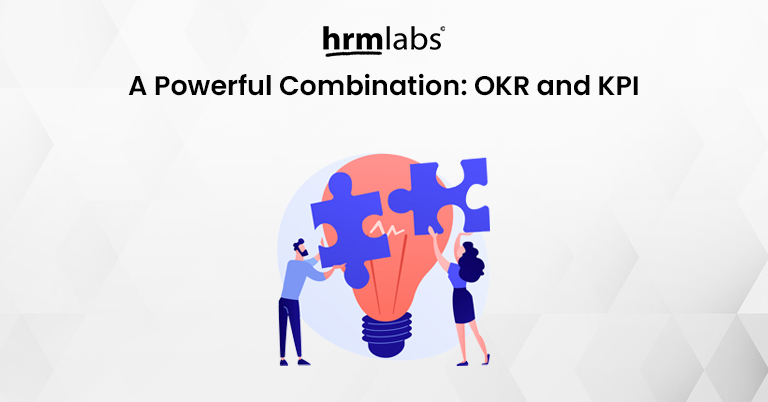In today’s merciless business environment, organizations in Singapore strive for continuous improvement in performance management to achieve sustainable success. Two widely recognized frameworks, Objectives and Key Results (OKR) and Key Performance Indicators (KPI), have emerged as powerful tools for driving organizational growth. While OKR sets ambitious goals and tracks progress, KPIs offer measurable metrics to evaluate performance.
Now let’s dive into the synergistic combination of OKR and KPI, demonstrating how their integration enhances performance management, goal alignment, employee engagement, and overall organizational success.
Understanding OKR and KPI
Objectives and Key Results (OKR)
Objectives and Key Results (OKR) is a collaborative goal-setting methodology used by teams and individuals to set challenging, ambitious goals with measurable results. OKRs are how you track progress, create alignment, and encourage engagement around measurable goals.
The OKR framework consists of two main components: Objectives and Key Results. The Objective is a concise, inspirational, and ambitious statement representing your goal. Key Results are a few quantitative, measurable, and specific actions to help you track the completion of the Objective.
Key Performance Indicators (KPI)
Key Performance Indicators (KPIs) are instrumental in measuring the performance of any business. KPIs specifically help determine a company’s strategic, financial, and operational achievements, especially compared to those of other businesses within the same sector. KPIs refer to a set of quantifiable measurements used to gauge a company’s overall long-term performance.
KPIs can be financial, customer-focused, or process-focused, and are generally measured and tracked through analytics software and reporting tools.
The Synergy between OKR and KPI
Goal Alignment and Focus
OKR and KPIs complement each other in aligning goals. OKRs are used to set ambitious objectives, while KPIs are used to measure progress. By using both frameworks together, organizations can ensure that their goals are aligned and focused on achieving the desired outcomes.
It is essential to ensure alignment between OKRs and KPIs for effective performance management.
Employee Engagement and Motivation
OKR and KPIs play a vital role in fostering employee engagement and motivation. OKRs provide clarity and direction to employees, while KPIs provide measurable metrics to evaluate performance. By using both frameworks together, organizations can create a culture of accountability and continuous improvement, which can lead to increased employee engagement and motivation.
Performance Evaluation and Improvement
KPIs are used to evaluate performance against set objectives, while OKRs are used to identify areas for improvement and growth. By using both frameworks together, organizations can leverage KPIs to evaluate performance and identify areas for improvement and growth using OKRs. The iterative nature of OKR and KPIs can drive performance excellence
The Role of HRMS in Supporting OKR and KPI Implementation
Human Resource Management Systems (HRMS) can streamline OKR and KPI tracking and reporting. By integrating OKR and KPI data into HRMS, organizations can have a centralized platform for tracking, reporting, and analyzing performance data. This can enable organizations to make data-driven decisions and drive performance excellence.
Conclusion
The combination of OKR and KPI provides organizations with a powerful framework for performance management. By aligning ambitious objectives with measurable metrics, organizations can enhance goal alignment, employee engagement, and overall organizational success. To further optimize the implementation of OKR and KPI, organizations can leverage Human Resource Management Systems (HRMS) to streamline tracking, reporting, and analysis. Embracing the synergy between OKR, KPI, and HRMS empowers organizations to drive performance excellence and achieve their strategic objectives.

To effectively implement OKR and KPI frameworks and streamline performance management, organizations can leverage a robust Human Resource Management System (HRMS). An HRMS provides a centralized platform for tracking, reporting, and analyzing OKR and KPI data, enabling organizations to make data-driven decisions and drive performance excellence. Explore our HRMS solution from HRMLabs to unlock the full potential of OKR and KPI in your organization.



